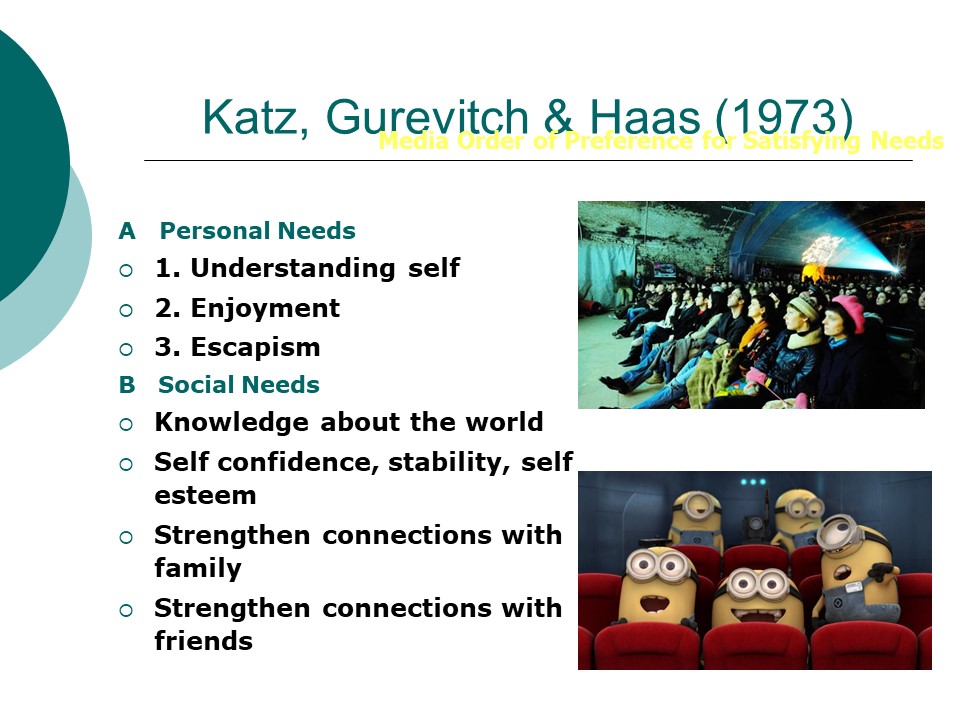Selection Criteria
Common is an Oscar and Grammy award winning hip/hop rap artist who wrote Letter to the Free as a soundtrack to The 13th – a documentary by Ava DuVernay named after the American 13th amendment (the abolition of slavery). His output is highly politicised, existing in the context of a variety of social and cultural movements aimed at raising awareness of racism and its effects in US society (e.g.: Black Lives Matter). The product can also be considered in an economic context through the consideration of if and how music videos make money (through, for example, advertising on YouTube).
Music Video – Letter to the Free is a product which possesses cultural and social significance. It will invite comparison with other music videos allowing for an analysis of the contexts in which they are produced and consumed.
If this CSP appears in the exam it will be in Section B: Industries and Audiences
What needs to be studied? Key Questions and Issues
This product relates to the theoretical framework by providing a focus for the study of:
Media Industries
The media of music video provides a useful case study to consider:
- how musicians and the wider industry have responded to rapid technological change – streaming, piracy, video hosting sites – finding ways to make money from previously free services.
- the significance of patterns of ownership and control, including conglomerate ownership, vertical integration and diversification
- the way new media products are distributed on youtube and across the internet by Vevo, a video hosting service.
- How artists are marketed and developed: Common is a Def Jam recording artist. Def Jam is a label associated with urban and hip hop music, starting as an independent in the 1980s it is now owned by the conglomerate UMG (which also owns Vevo)
- As the soundtrack to the Netflix documentary The 13th the video is an example of cross media promotion and marketing.
TASK 1: Create a new post that looks at:
- the artists involved (background, history, other work)
- the actual music video (style, genre, narrative, characters, theme, message, ideology etc)
- the institutions involved in this production (think again about majors vs indies, the role of conglomerates, vertical and horizontal integration, cross-media ownership, synergy, marketing & distribution, methods and modes of production and of course revenue).
- the audience who are targeted (the role of politics, identity and culture in terms of producing product for ‘the culture industries’). Remember to think about audience theory – particularly, the theory of preferred reading.
Points you could include:
- processes of production, distribution and circulation by organisations, groups and individuals in a global context
- the relationship of recent technological change and media production, distribution and circulation
- the impact of ‘new’ digital technologies on media regulation, including the role of individual producers.
- the significance of patterns of ownership and control, including conglomerate ownership, vertical integration and diversification
- the significance of economic factors, including commercial and not-for-profit public funding, to media industries and their products
- how media organisations maintain, varieties of audiences nationally and globally
- the interrelationship between media technologies and patterns of consumption and response
Key terms
- Gatekeepers
- Regulation / Deregulation
- Free market vs Monopolies & Mergers
- Media concentration / Conglomerates / Globalisation (in terms of media ownership)
- Vertical Integration & Horizontal Integration
- Surveillance / Privacy / Security
TASK 2: How many of these key words can you relate to the other CSP’s in Section B (ie TV & Film)? Do you need to look at your notes or adjust them in light of what you now know?
Media Audiences
The study of audiences for this video will use the analysis of media language and representation to consider how the video addresses an audience. As both rap and political protest song, the video can be studied as addressing a range of audiences beyond the youth market.
- How media producers target, attract, reach, address and potentially construct audiences
- How media industries target audiences through the content and appeal of media products and through the ways in which they are marketed, distributed and circulated: widely distributed on video hosting sites aimed at a youth audience but also consumed by the audience for political documentary.
- How audiences interpret the media, including how they may interpret the same media in different ways (Hall Theory of Preferred Reading)
- Cultivation Theory
- Uses and Gratifications Theory

TASK 3: Complete another exam question – go to planner and Media Sams Paper 1, Question 7: Explain how the social, political and cultural contexts of media influence how audiences may interpret the same media in different ways. Use Common’s Letter to the Free to support your answer. Use the feedback document below to help your answer the question.
A possible structure to your essay could be:
- show your knowledge of the institutional details of the text ie specifics facts, figures, names, dates etc about the text. At this point show your knowledge of the music industry and use key terms (see above)
- Next, show how audiences may (theoretically) interpret media texts ie audience theory.
- Follow this up with specific ideas that suggest how certain audiences may interpret this particular text (ie apply the theory to this CSP)
- Finally, make some summative conclusions based on your knowledge and understanding that show the importance of culture in terms of engaging with issues of power and control. For this you could reference Gramsci & his concept of ‘hegemony’ and/or Habermas and his concept of ‘the public sphere’
Hegemony
Habermas ‘the public sphere’


